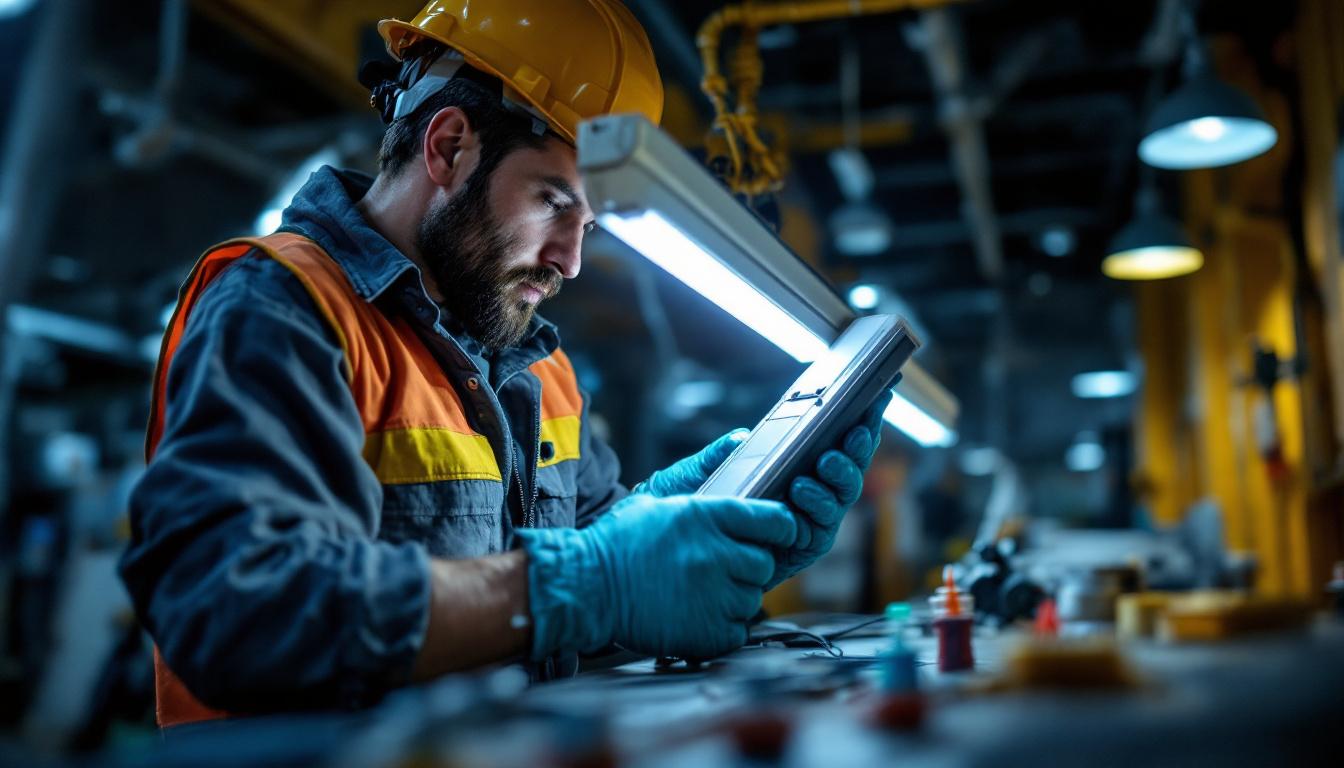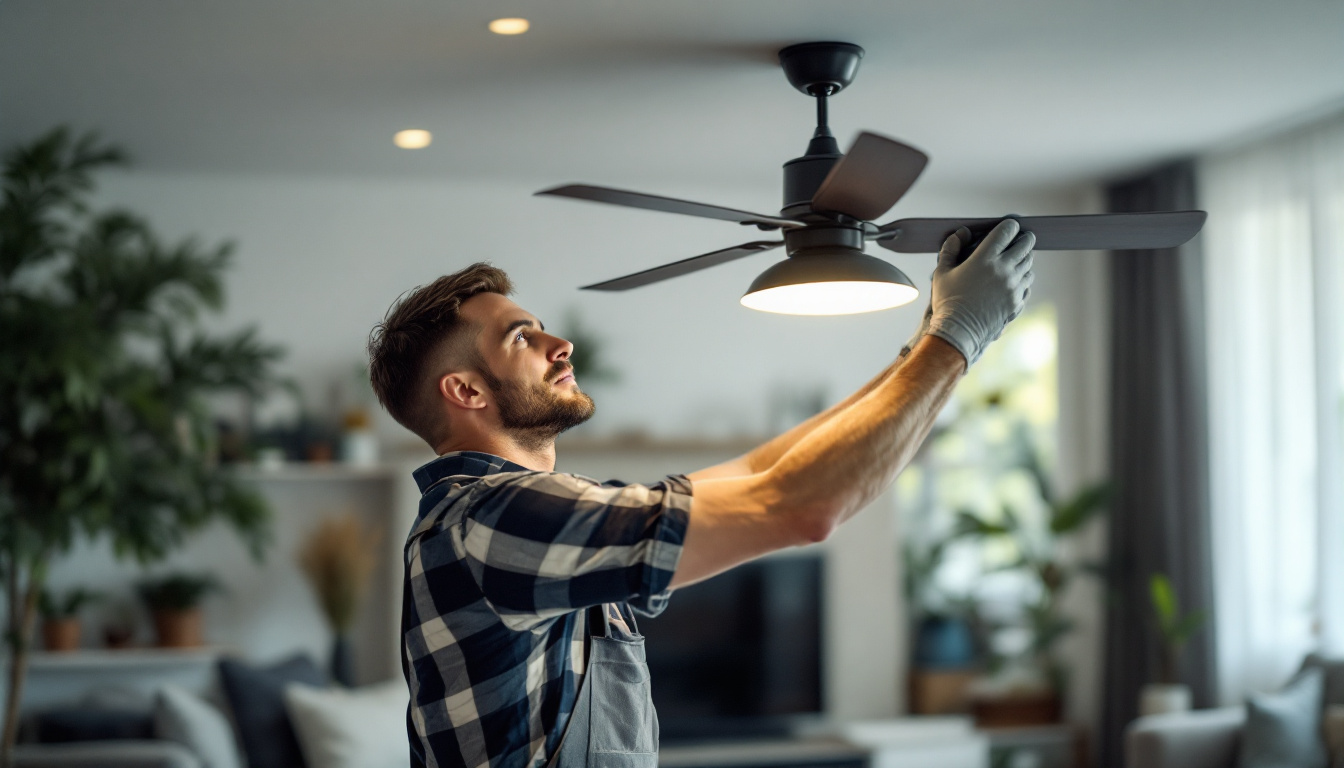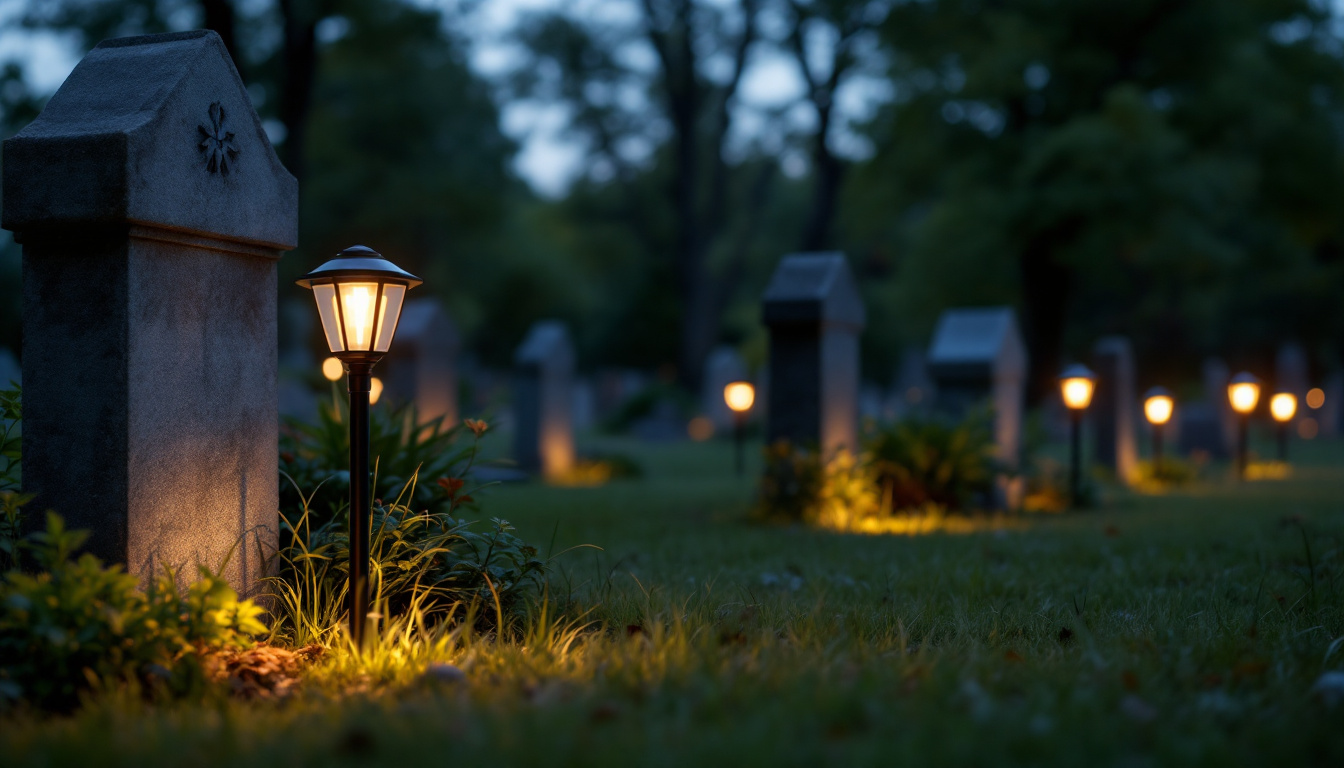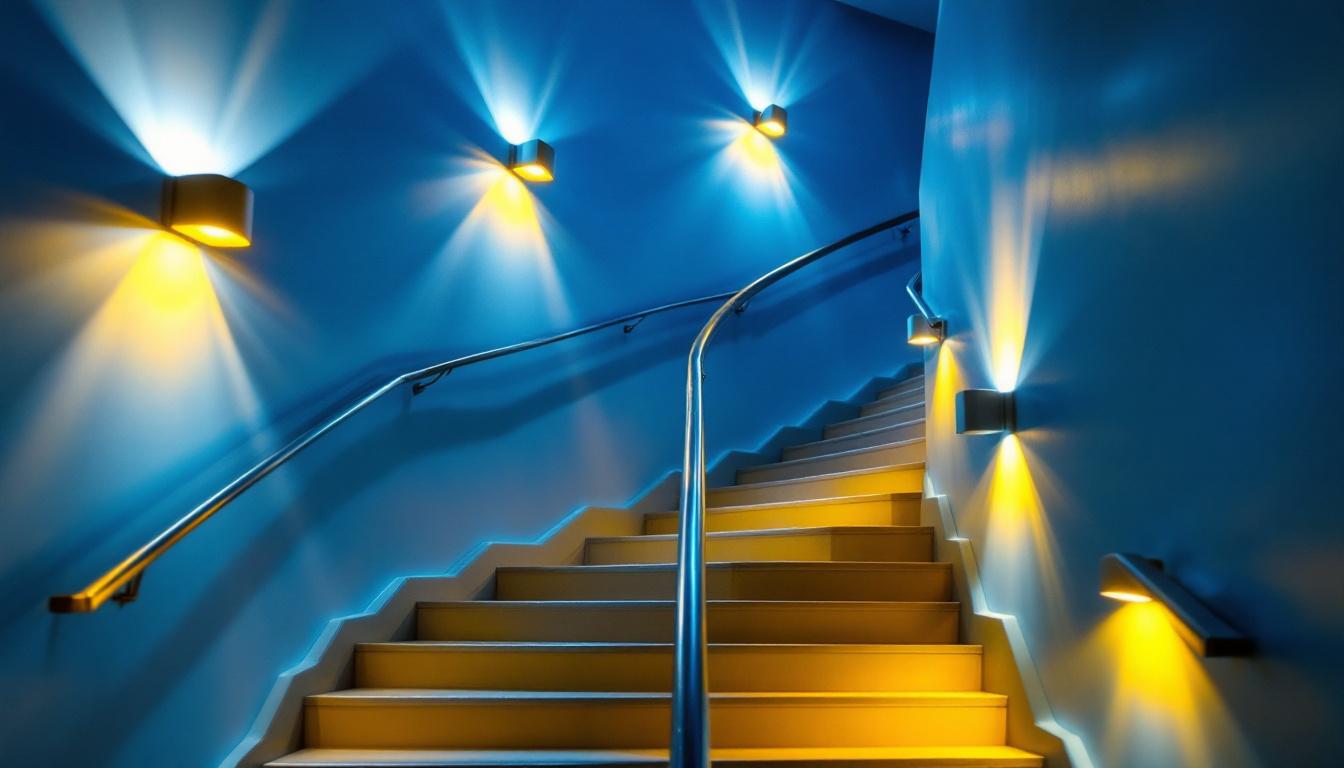
Fluorescent lighting remains a staple in commercial, industrial, and institutional environments due to its energy efficiency and long lifespan. At the heart of these lighting systems is the ballast, a critical component that regulates the current to the fluorescent lamps and provides the necessary voltage to start them.
For lighting contractors, a thorough understanding of ballast connection is essential. Proper installation and maintenance not only ensure optimal performance but also enhance safety and energy efficiency. This guide delves into the fundamentals of fluorescent ballast connection, offering practical insights to help contractors execute their projects with confidence and precision.
A fluorescent ballast is an electrical device that controls the starting and operating current of fluorescent lamps. Without a ballast, the lamp would draw excessive current, leading to rapid failure or even hazardous conditions. Ballasts come in various types, including magnetic and electronic, each with distinct characteristics affecting installation and performance.
Magnetic ballasts are traditional and generally more robust but tend to be heavier and less energy-efficient. Electronic ballasts, on the other hand, are lighter, quieter, and more efficient, often supporting advanced features such as dimming and instant start capabilities. The choice between these types can significantly influence not just the performance of the lighting system but also the overall energy consumption and operational costs over time.
Incorrect ballast connection can result in flickering lights, reduced lamp life, or even electrical hazards. For lighting contractors, ensuring the correct wiring and compatibility between the ballast and fluorescent lamps is crucial. This involves understanding the wiring diagrams, recognizing ballast types, and adhering to electrical codes and manufacturer specifications.
Moreover, the installation environment plays a significant role in the selection and connection of ballasts. Factors such as ambient temperature, humidity, and the presence of dust or corrosive elements can affect the performance and longevity of both the ballast and the lamps. For instance, in environments with high humidity, using a ballast with a higher IP rating can protect against moisture ingress, thereby prolonging the system’s lifespan. Additionally, contractors should be aware of the latest advancements in ballast technology, such as smart ballasts that integrate with building management systems for enhanced energy savings and operational efficiency.
Choosing the right ballast and connecting it properly depends on the lamp type and application. Here’s an overview of common ballast types and their wiring considerations.
Magnetic ballasts operate using electromagnetic induction and typically include a capacitor to improve power factor. They are often used with T12 and some T8 fluorescent lamps. Wiring a magnetic ballast involves connecting the input power leads to the ballast’s primary side and the lamp leads to the secondary side, following the manufacturer’s wiring diagram closely.
One key consideration is that magnetic ballasts generate a noticeable hum and can cause flickering, especially as they age. Proper grounding and secure mounting can mitigate some noise issues. Additionally, magnetic ballasts are generally more robust and can withstand harsher environmental conditions, making them suitable for industrial applications where durability is paramount. However, they are less energy-efficient than their electronic counterparts, leading to higher operational costs over time.
Electronic ballasts use solid-state components to regulate current and voltage. They operate at high frequencies, which eliminates flicker and reduces energy consumption. Electronic ballasts are compatible with T8 and T5 lamps and often support features like dimming and rapid start.
Wiring electronic ballasts requires attention to polarity and lead color coding, as improper connections can damage the ballast or lamp. Many electronic ballasts come with quick-connect wiring harnesses, simplifying installation but still requiring verification against wiring diagrams. Furthermore, electronic ballasts are designed to be more compact and lightweight than magnetic ballasts, allowing for easier installation in tight spaces. Their ability to operate multiple lamps and provide better light quality makes them a preferred choice for modern lighting systems, especially in commercial settings where energy efficiency is a priority.
Instant start ballasts apply a high voltage to start the lamp quickly without preheating the electrodes, which can reduce lamp life in applications with frequent switching. Rapid start ballasts preheat the lamp electrodes before applying voltage, extending lamp life but consuming slightly more energy.
Lighting contractors should select the ballast type based on the usage pattern and customer requirements, ensuring the wiring matches the ballast’s operational design. Moreover, understanding the specific needs of the environment, such as temperature fluctuations and the frequency of lamp cycling, can significantly influence the choice between instant start and rapid start ballasts. For instance, in settings where lights are frequently turned on and off, rapid start ballasts may be more advantageous despite their slightly higher energy consumption, as they promote longer lamp life and consistent performance. This consideration is crucial in applications like retail spaces or conference rooms, where lighting quality directly impacts the ambiance and functionality of the area.
Proper ballast connection is a systematic process that involves preparation, wiring, and testing. The following steps outline best practices for lighting contractors.
Before beginning any electrical work, ensure that the power supply is disconnected to prevent shock hazards. Use a voltage tester to confirm the absence of voltage in the fixture. Review the ballast and lamp specifications, and gather all necessary tools such as wire strippers, screwdrivers, and wire nuts.
Familiarize yourself with local electrical codes and manufacturer instructions. Safety glasses and insulated gloves are recommended to protect against accidental contact with live wires or sharp edges. Additionally, it’s wise to have a first aid kit nearby and to work in a well-ventilated area, especially if you are dealing with older fixtures that may contain hazardous materials like lead or mercury.
Ballasts typically have multiple leads, each color-coded to correspond with specific lamp and power connections. For example, black and white leads usually connect to the line and neutral power supply, while other colors connect to lamp pins.
Consult the ballast’s wiring diagram, which is often printed on the ballast label or included in the product documentation. This diagram provides the exact lead colors and connection points, which must be followed meticulously to avoid wiring errors. Understanding the function of each lead is crucial; for instance, some ballasts may have additional leads for dimming capabilities or emergency backup features, which require special attention during installation.
Strip the insulation from the fixture wires and ballast leads to the appropriate length, usually about 3/8 inch. Connect the wires using wire nuts or push-in connectors, ensuring tight and secure connections. Avoid twisting wires loosely or leaving exposed copper, which can cause shorts or corrosion over time.
For magnetic ballasts, connect the power leads to the ballast’s primary side and the lamp leads to the secondary side. For electronic ballasts, follow the polarity and lead color coding carefully. If the ballast includes quick-connect harnesses, verify that connectors are fully seated and locked. It’s also beneficial to label wires during this process, especially in complex setups, to simplify future maintenance or troubleshooting tasks.
Mount the ballast securely within the fixture using screws or mounting brackets provided. Avoid placing the ballast in areas prone to moisture or excessive heat, as these conditions can degrade performance and lifespan.
Reinstall the fluorescent lamps and any fixture covers or diffusers. Double-check that all wiring is neatly arranged and insulated to prevent contact with metal parts or other conductors. Consider using cable ties or clips to organize wires and prevent them from being pinched or damaged during reassembly. Properly securing everything not only enhances safety but also contributes to the longevity of the fixture and its components.
Restore power and observe the operation of the lamps. Properly connected ballasts should start the lamps promptly without flickering or humming excessively. If issues arise, turn off power and recheck wiring connections, compatibility of ballast and lamp, and grounding.
Common troubleshooting steps include verifying line voltage, ensuring lamp compatibility, and checking for damaged ballast components. If the ballast is faulty, replacement is usually more cost-effective than repair. Additionally, keep in mind that some ballasts may have specific operational quirks; for example, certain electronic ballasts can exhibit different performance characteristics based on the type of lamp used, so always refer to the manufacturer’s guidelines for optimal results.
Beyond the technical steps, several best practices can help lighting contractors deliver quality installations and maintain client satisfaction.
Always match the ballast to the lamp type and application. Using incompatible ballasts can lead to premature lamp failure or energy inefficiency. Opt for ballasts from reputable manufacturers that comply with industry standards such as UL listing and ENERGY STAR certification.
Clear labeling of ballast wiring during installation aids future maintenance and troubleshooting. Using durable wire markers or labels helps other technicians understand the wiring layout without guesswork.
Electronic ballasts generally offer better energy savings and reduced heat output compared to magnetic ballasts. When possible, recommend upgrading to electronic ballasts, especially in retrofit projects. Additionally, proper disposal of old ballasts, particularly those containing PCBs, is essential for environmental compliance.
Electrical codes and lighting technologies evolve continuously. Staying informed about the latest standards and innovations ensures that installations meet safety requirements and leverage advancements such as smart ballasts or integrated controls.
For lighting contractors, mastering fluorescent ballast connection is a fundamental skill that directly impacts the safety, efficiency, and longevity of lighting installations. By understanding ballast types, wiring configurations, and best practices, contractors can confidently deliver high-quality lighting solutions tailored to client needs.
Attention to detail, adherence to manufacturer guidelines, and commitment to safety are the cornerstones of successful ballast installation. Embracing energy-efficient technologies and maintaining up-to-date knowledge further enhance the value contractors bring to their projects.
With this comprehensive guide, lighting contractors are well-equipped to tackle ballast connection challenges and contribute to well-lit, energy-conscious environments.
Ready to elevate your lighting installations with the best products on the market? Look no further than LumenWholesale for all your fluorescent ballast needs. Our extensive selection of spec-grade lighting products is designed to meet the highest industry standards, ensuring you deliver top-notch, energy-efficient lighting solutions every time. With unbeatable wholesale prices and the convenience of free shipping on bulk orders, you can trust LumenWholesale to provide premium lighting without the premium price tag. Make your next project a shining success and experience the best value in wholesale lighting today.

Discover innovative cost-saving strategies for lighting contractors with our comprehensive guide on ceiling fans with light kits.

Explore the innovative use of solar power lights for graves and their surprising impact on energy efficiency.

Discover the essential guide for lighting contractors with “Illuminating Light Switch: The Ultimate Lighting Contractor Checklist.” This comprehensive article provides expert insights, practical tips, and a step-by-step checklist to ensure flawless lighting installations and client satisfaction.

Discover the critical role of stairwell lighting in enhancing safety and aesthetics.